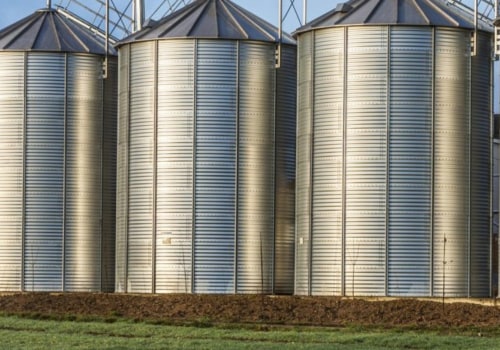A content silo is a method used in search engine optimization (SEO) that consists of structuring the content of your website around keyword-based topics. Basically, when you create a silo structure, you're grouping related and relevant content into different sections of your website. The term isolation originated as a way of identifying the concept of grouping related information into different sections within a website. Like a chapter in a book, a silo represents a group of thematic or thematic content specific to your site.
Creating a content silo is absolutely vital to your site's search engine optimization. Content silos also improve the usability of a website. Think of content silos as bookshelves arranged in a library. If books on different subjects are mixed and placed randomly on the shelves, anyone who visits the library will have a hard time finding the type of book they want to read.
But when the bookshelves are categorized by topic or topic, it will be easier for library visitors to go to the exact bookshelf where the book they need is. We created 5 articles that are relevant to the topic, stack up against each other, and finally point to your customer's landing page. A well-defined silo structure will help search engines understand your content. And that will improve your SEO and make it easier to rank your pages in search results.
Writing titles and headings is also essential for successful SEO within your silo. Titles should accurately describe the content of the page and subtly reinforce the differences between this page and the rest of the content of the silo website. The navigation on the left (Figure 1) is a perfect example of how to outline the secondary elements of the silo on the home pages of the main silo. The silo structure addresses this problem, since the relevant posts on a silo page will be interconnected and each post you create will be on a relevant silo page.
Another reason that content silos are important in SEO is that search engines grant the relevance of keywords (or the level of importance) based on the content of the page, as well as the relevance of the entire website. You should ask yourself if content silos seem complicated; the process of creating a website would be even more complex. Before implementing a silo on your site, it's very important to create a mind map or at least an outline of the silo structure you want to present. Content silos will serve your website the same way a table of contents, chapters, or footnotes serve a book.
A content silo is a method used to classify all the content you have and group it together to classify it into different subject areas for your company's keyword-based website. Creating thematic silos throughout a website is a way to clearly communicate the relevant topics of a site to search engines and human users. To benefit your SEO, the silo structure needs a reinforcement of the website structure to facilitate navigation. Just as silos in a group of farms work separately, maintaining their integrity and value, isolating a website improves website optimization around a topic.
The isolation of a website serves to clarify the relevance of the topic and lays the foundation for a high ranking of keywords. However, neither search engine robots nor readers will find all the great content on your website if you don't use a good website architecture. As you can see in the screenshot above, it's very easy to find ideas for silo pages by browsing popular websites and forums in your niche. I suggest that you use breadcrumbs when using silos to give Google a better understanding of the structure of silos.
Virtual isolation can be useful for an established site that does not have a configured directory file system or that cannot divide the locations of established pages to change the site architecture. These content estimates must be subject to the same level of scrutiny that applies to any other category of silos and must be taken into account as a factor in the overall construction of the silo. .






